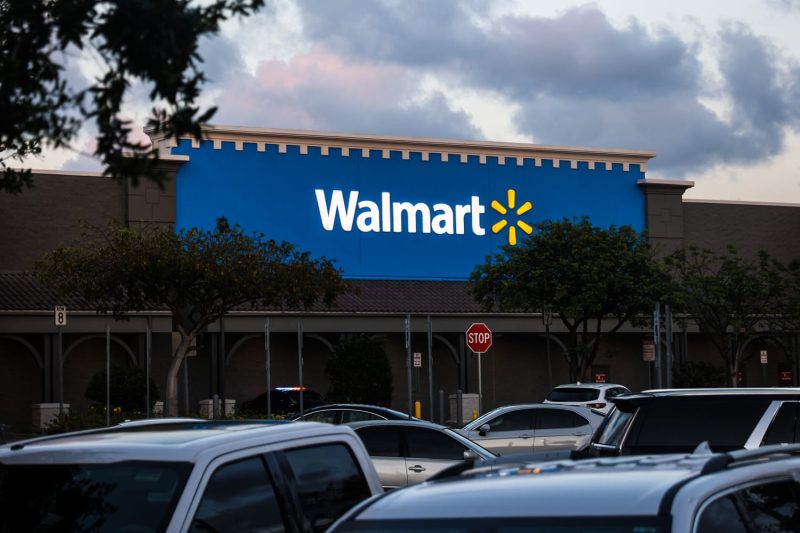 Red Lobster is a familiar name in family dining – a popular seafood chain that has been around since 1968. However, in the last decade, the restaurant chain faced financial difficulties. These problems were not related to their signature endless shrimp offering.
Red Lobster is a familiar name in family dining – a popular seafood chain that has been around since 1968. However, in the last decade, the restaurant chain faced financial difficulties. These problems were not related to their signature endless shrimp offering.
The issues started when Red Lobster was bought by Golden Gate Capital, a private equity firm, in 2014 for $2.1 billion. Typically, private equity firms buy struggling companies with the aim of making them profitable and reselling them. They often cut costs, increase efficiencies, and leverage debt to increase returns.
In the case of Red Lobster, the deal with Golden Gate Capital burdened the chain with a significant amount of debt. This debt prevented Red Lobster from making needed investments in their facilities, offerings, and employees.
The private equity strategy often includes real estate transactions. In this instance, Red Lobster’s properties were sold to a Real Estate Investment Trust, which then leased those properties back to Red Lobster. While this brought in a significant amount of capital upfront, it also saddled Red Lobster with leases, adding more financial obligations.
Overall, the strategies that Golden Gate Capital implemented led to further struggles for Red Lobster. Many suggest that the failure of private equity to turn the restaurant chain around stemmed from an emphasis on financial engineering instead of focusing on improving customer experience and the quality of the food.
Despite these challenges, Red Lobster remains operational with over 700 locations worldwide, though it continues to gr





























